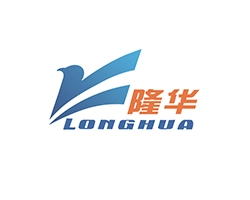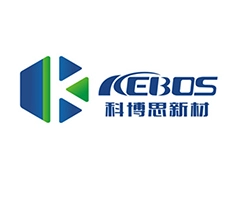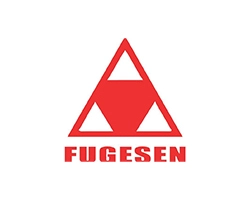Chiller cooling towers play a vital role in maintaining the temperature and efficiency of cooling systems. These towers can be found in various industries, including manufacturing, power generation, and HVAC systems. With constant advancements in technology, the design and configuration of chiller cooling towers have witnessed remarkable innovations. In this blog, we will explore three exciting cooling tower configurations that have revolutionized the chiller industry, ensuring more efficient and sustainable operations.
Crossflow Cooling Towers
One of the most common configurations used in chiller cooling towers is the crossflow design. These towers have a vertical air discharge, where the water crosses the path of the air. In this configuration, water flows vertically through the fill media while air passes horizontally across the water. Crossflow cooling towers offer several advantages, including reduced space requirements, ease of maintenance, and better resistance to freezing in cold climates. The innovative design of crossflow cooling towers enhances heat transfer efficiency, making them a popular choice for various cooling applications.
Counterflow Cooling Towers
Counterflow cooling towers are another widely used configuration in the chiller industry. Unlike crossflow towers, these cooling towers have vertical air and water flows, which move in opposite directions. The water flows downward while the air is introduced from the bottom and rises upwards. This configuration allows for maximum heat transfer efficiency as a result of the counterflow design, where the coolest water comes into contact with the coolest air. Counterflow cooling towers are known for their superior performance and energy efficiency. They are capable of handling higher heat loads and are often utilized in large-scale industrial applications.
Hybrid Cooling Towers
Hybrid cooling towers combine the best features of both crossflow and counterflow configurations, resulting in an innovative and efficient chiller cooling tower design. These towers are designed to optimize heat transfer by utilizing both crossflow and counterflow principles. By incorporating a combination of vertical and horizontal air paths, hybrid cooling towers can achieve improved heat transfer rates and enhanced performance. Furthermore, hybrid cooling towers offer versatility in terms of space utilization, making them suitable for both small and large-scale cooling applications.
In addition to these three widely adopted cooling tower configurations, there are continuous advancements and innovations being made to improve the efficiency and performance of chiller cooling systems. These include smart control systems, enhanced materials, and improved water treatment technologies. Efficient chiller cooling tower configurations are essential in reducing energy consumption and minimizing environmental impact. By adopting these innovative designs, industries can strive towards sustainability and cost savings while maintaining optimal cooling system performance.
The design and configurations of chiller cooling towers have evolved significantly in recent years. Crossflow, counterflow, and hybrid cooling towers have proven to be efficient and sustainable options, with each configuration offering unique advantages. As technology continues to advance, we can expect further innovations in chiller cooling tower designs, ensuring more efficient cooling systems in various industries.


 EN
EN
 jp
jp  ko
ko  fr
fr  de
de  es
es  it
it  ru
ru  pt
pt  ar
ar  tr
tr 











